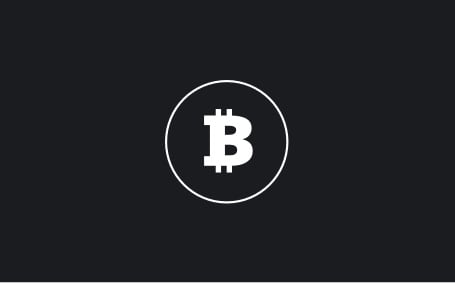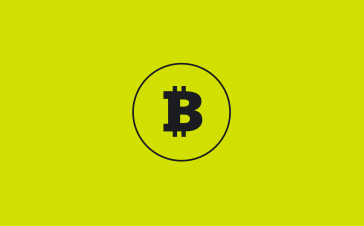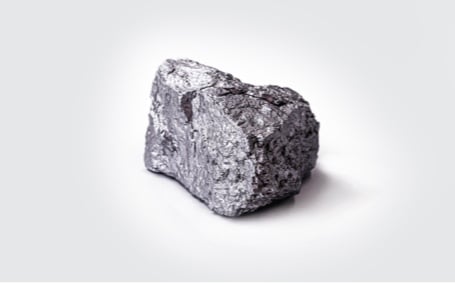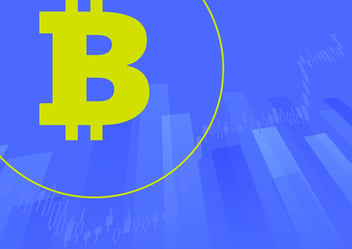With news headlines dominated by emergency meetings, central banks providing credit lifelines, and plummeting bank shares, it's no wonder that people are questioning the stability of the financial sector. Amidst this turmoil, there has been a noticeable rally in gold, silver, Bitcoin, and Ethereum as investors search for safer alternatives to traditional banking investments. It’s unlikely that this is a coincidence. This article will explore the recent events in the banking industry and their impact on these alternative investments.
A Wave of Instability in the Banking Sector
Recently, the banking sector has faced several setbacks. Credit Suisse, a highly regarded Swiss bank, is being acquired by UBS, causing uncertainty in Swiss banking. Meanwhile, two US banks—Silicon Valley Bank and Signature Bank—have collapsed, marking the most significant bank failures in the US since 2008. Although the Bank of England has reassured that the UK banking system is secure, investors are understandably uneasy.
Exploring the Causes
Credit Suisse's troubles can be traced back to a series of risk management blunders, scandals, and significant losses. Despite receiving a $50 billion emergency lifeline from the Swiss National Bank, customers began transferring their funds to other banks. Signature Bank faced difficulties due to recent declines in cryptocurrency values, and both US banks experienced a run on deposits as customers withdrew their money.
A common factor affecting all three banks and the wider banking sector is the rapid rise in interest rates. Central banks have been raising borrowing costs to combat soaring prices, which comes as a shock after years of low interest rates.
The Impact on Gold, Silver, Bitcoin, and Ethereum
In response to these uncertain times, investors are seeking more secure alternatives to traditional banking investments. Consequently, gold, silver, Bitcoin, and Ethereum have experienced a rally over the last month. These assets are viewed as hedges against the turbulence and volatility of the banking sector, providing a level of safety during this period of instability.
While the current situation doesn't mirror the systemic crisis of 2008, uncertainty and nervousness surrounding banks can lead to contagion. If people begin to worry about the safety of their deposits, they may shift their funds to alternative investments such as gold, silver, or cryptocurrencies. This could further fuel the rally of these assets as more investors look for ways to safeguard their wealth.
Even without a complete breakdown of trust in the banking system, increased regulatory scrutiny and potential lending pullbacks could have a chilling effect on the global economy. In such scenarios, gold, silver, Bitcoin, and Ethereum could continue to serve as safe havens for investors seeking to weather the storm.
The Crypto Revolution: Bitcoin and Ethereum
Cryptocurrencies like Bitcoin and Ethereum have gained popularity as alternative investments due to their unique features. These digital assets offer investors a degree of decentralization and security that is difficult to find in the traditional financial sector.
Bitcoin, the original and most recognized cryptocurrency, was developed in response to the 2008 financial crisis. It aimed to provide a decentralized, transparent, and secure alternative to the conventional financial system. As the forerunner of blockchain technology, Bitcoin has displayed remarkable resilience and growth, even during times of economic instability.
Ethereum, on the other hand, goes beyond being just a cryptocurrency. It is a decentralized platform that allows the creation and deployment of smart contracts and decentralized applications (dApps). This versatility has positioned Ethereum as a vital player in the world of decentralized finance (DeFi), creating new investment opportunities and solidifying its role as a trustworthy alternative to conventional financial instruments.
Gold and Silver: Time-Honoured Stores of Value
Gold and silver have long been considered safe-haven assets due to their intrinsic value and historical roles as stores of wealth. Throughout history, gold has retained its value in the face of economic turmoil, war, and political uncertainty. Silver, often referred to as the "poor man's gold," has also demonstrated its ability to preserve wealth during challenging times.
Both metals have a finite supply and cannot be created or destroyed, which makes them inherently valuable. Moreover, they are tangible assets that are not subject to the same level of counterparty risk as traditional financial instruments, further enhancing their appeal as hedges against the turbulence and volatility in the banking sector.
The Surge in Prices: A Reflection of Uncertain Times
Over the past month, the prices of Bitcoin, Ethereum, gold, and silver have surged significantly as investors increasingly seek refuge from the uncertainty surrounding traditional financial institutions. This trend highlights the growing demand for alternative investments that can offer safety and stability during turbulent times.
Bitcoin and Ethereum have both experienced impressive price increases, with Bitcoin reaching new all-time highs and Ethereum solidifying its position as a critical player in the digital asset space. This growth can be attributed to factors such as institutional adoption, increasing public awareness, and the continued development of the DeFi ecosystem.
Gold and silver have also experienced price gains as investors turn to these traditional safe-haven assets. The renewed interest in precious metals can be attributed to ongoing economic uncertainty, fears of inflation, and the potential for further devaluation of fiat currencies. As a result, many consider gold and silver essential components of a well-diversified investment portfolio.
Closing Thoughts
As the world navigates these uncertain times, it is crucial for investors to stay informed and consider diversifying their portfolios with a mix of traditional and alternative assets. Gold, silver, Bitcoin, and Ethereum have proven their potential as hedges against the turbulence and volatility of the banking sector, providing a measure of safety amidst current challenges. By staying informed and prepared, investors can better protect their wealth and seize opportunities in an ever-changing financial landscape.



































.svg)
.svg)
.svg)



